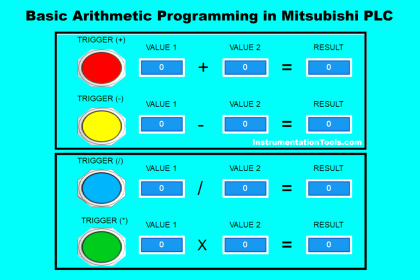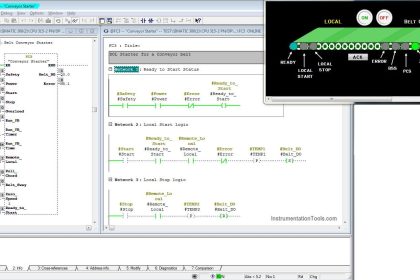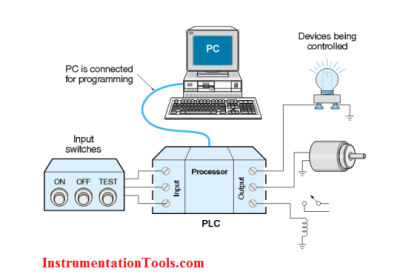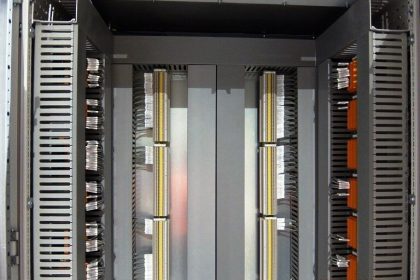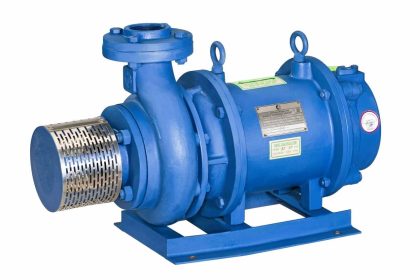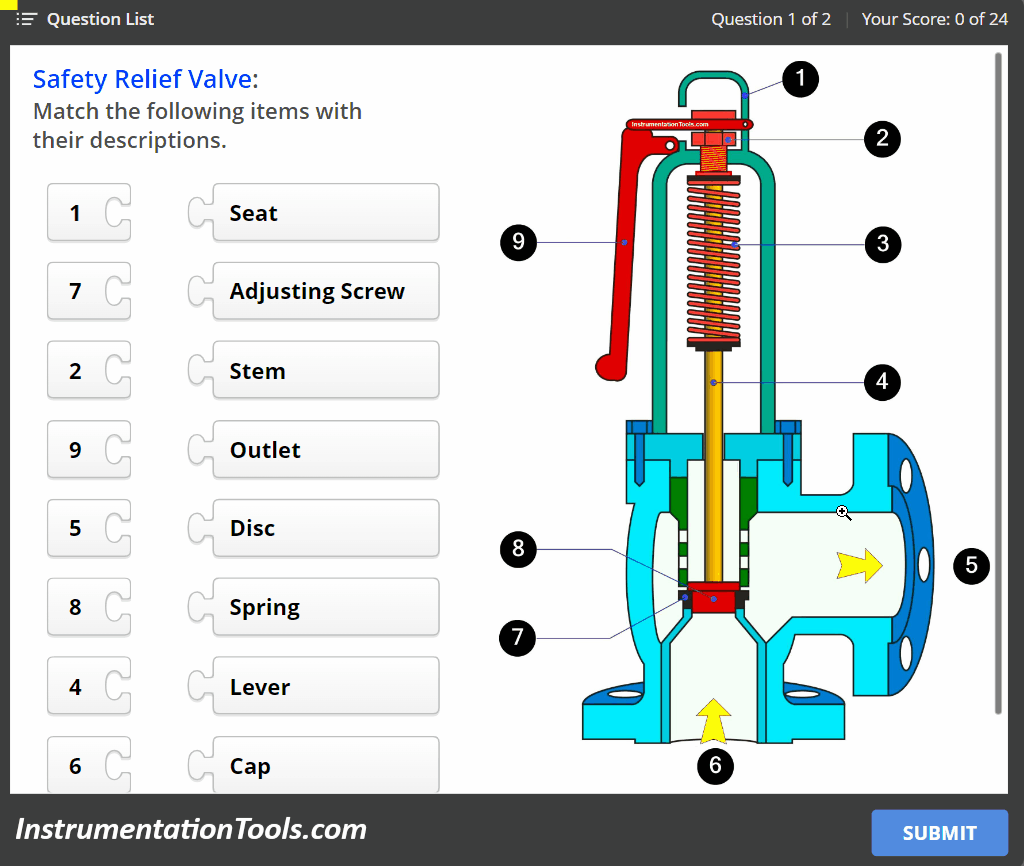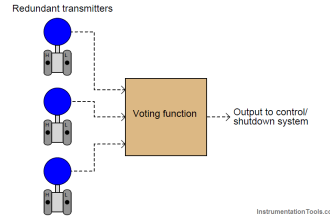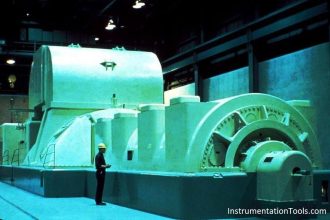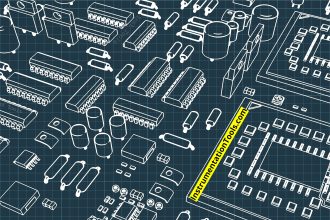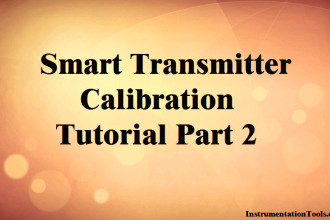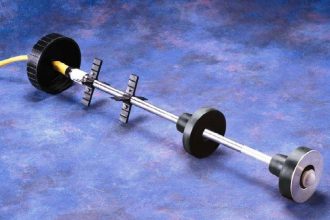In this article, we will learn the commissioning and testing procedure for a VFD (Variable Frequency Drive).
Various first-time engineers of industrial automation face a question on what to do when they are asked to test a VFD and it’s working properly.
Well, it is obvious because every new task requires some set of rules and steps to follow for proper execution. So, the commissioning of a VFD is also a tedious task for a new engineer.
In this post, we will see some general guidelines regarding the commissioning of a VFD. Using these, any new engineer can easily test a VD and it’s working afterward.

Importance of Proper VFD Commissioning
Before that, let us have a look at the below reasons for why it is important to properly commission a VFD.
- To ensure that the motor varies it’s speed accordingly and under proper test conditions.
- To ensure that both the motor and VFD are properly grounded. Without it, there are high chances of electromagnetic interference in the electrical panel and it can interfere with the performance of the nearby equipment. Also, proper earth ensures safety of the personnel and nearby environment.
- To ensure that it meets the wiring and safety standards like IEC 60364.
- To ensure that the cables and wires that have been selected are properly sized, installed and terminated.
- Also, there must not be any fault in the cables before powering up the VFD; otherwise it will damage the circuitry.
Standard Guidelines for VFD
Before starting the commissioning, it is necessary that we follow some below-given standard guidelines for it.
- Verify the earth loop impedance and the voltage between ground to neutral. It must be less than 0.5 V.
- Cross check all the connections and cables in the VFD panel and ensure they are properly tightened and installed.
- Also, check cables dressing, ferruling and ensure that the cable is connected to it’s respective polarity.
- Verify that whether all the wiring has been done according to electrical drawing or not.
- Ensure that the VFD is properly fitted in the panel and check for any damage in the VFD. If you observe any damage in the installation parts or VFD itself, get it repaired or replace it. It is not advisable to power up the VFD with any damage in it.
- In the electrical panel, check whether all the fuses / line chokes / harmonic filters are properly connected or not.
- Cross check the motor and VFD specifications and see whether only the selected model is installed or not.
- Ensure that both the motor and VFD are properly grounded.
- You need to do Megger test to see that all the cables are damage free.
- VFD is not always used alone. It is used with PLC and other control system for interface. So, if such means is used, check the control wiring from PLC or if communication is used, then check it’s cabling and port connection.
- As VFD dissipates a large amount of heat, see that proper cooling and ventilation methods are used around it and it’s internal fan is proper or not.
- If mechanical brakes are used with the motor, check it’s installation and also check the installation of dynamic brake resistor boxes.
VFD Commissioning and Testing
Now that you have verified all the pre-requisite conditions, do the following steps for commissioning:
- Check the input supply voltage given, before powering up the VFD.
- After verifying, power ON the VFD. First check the DC voltage at the DC bus voltage output of VFD.
- As soon as VFD power ups, it’s fan starts working. See whether it’s proper or not.
- Now, enter the required parameters in the VFD. The generally used ones are – control parameters (source of command and speed reference), IO configuration (inputs and outputs of VFD control terminals, fault management, motor control parameters (current, voltage, rpm, frequency etc.) and acceleration and deceleration times.
- Give run command and speed reference to the VFD, and check whether the motor is rotating in given direction or not.
- Ensure that the motor is running in it’s rated specifications and any trip should not occur in the VFD. There should not be any abnormal noise coming from the running motor.
- If you need to do auto-tuning depending on your application, read the VFD catalogue properly and follow the given steps for tuning it.
- Power recycle the same procedure and see whether it is functioning in the same way or not.
In this way, we saw how to commission a VFD.
If you liked this article, then please subscribe to our YouTube Channel for Instrumentation, Electrical, PLC, and SCADA video tutorials.
You can also follow us on Facebook and Twitter to receive daily updates.
Read Next:
- Star Delta Starter
- DCS Commissioning
- PLC Commissioning
- Electrical Wiring Diagram
- NEMA and IEC Motors

